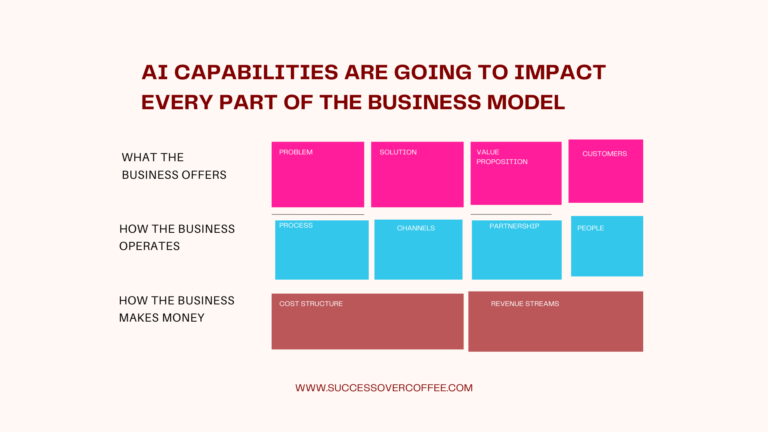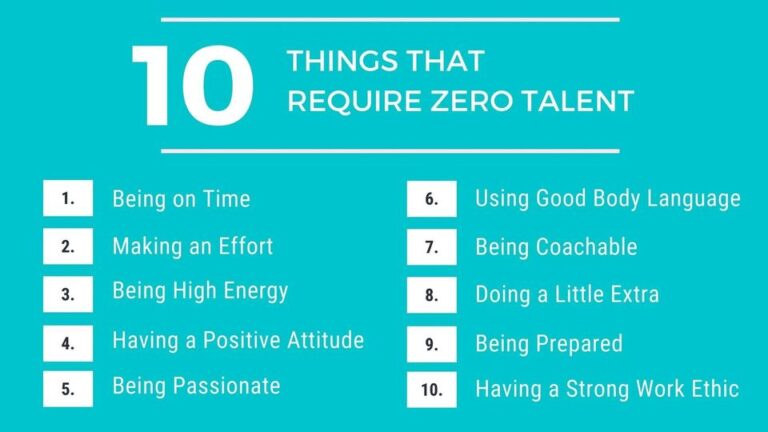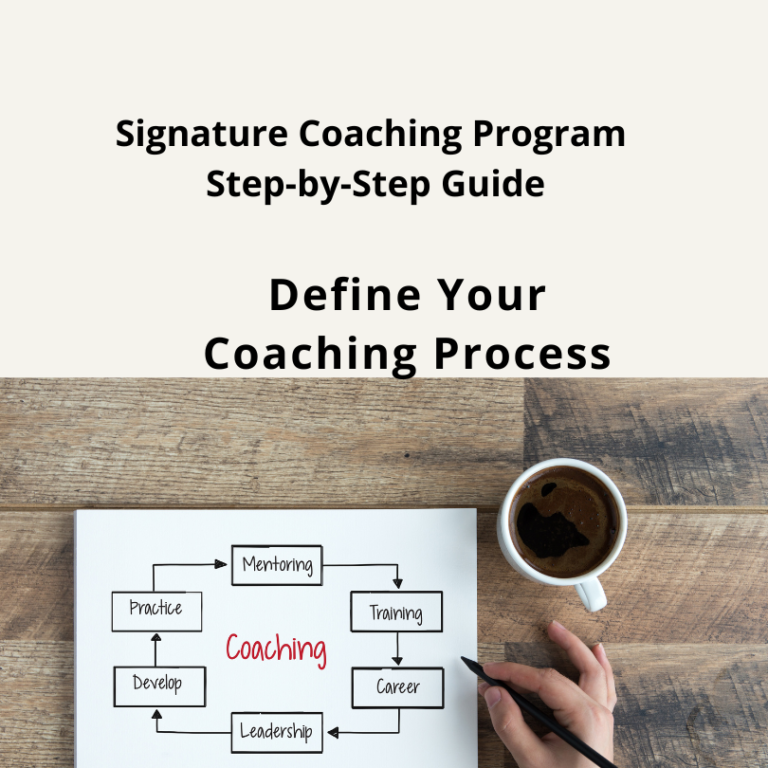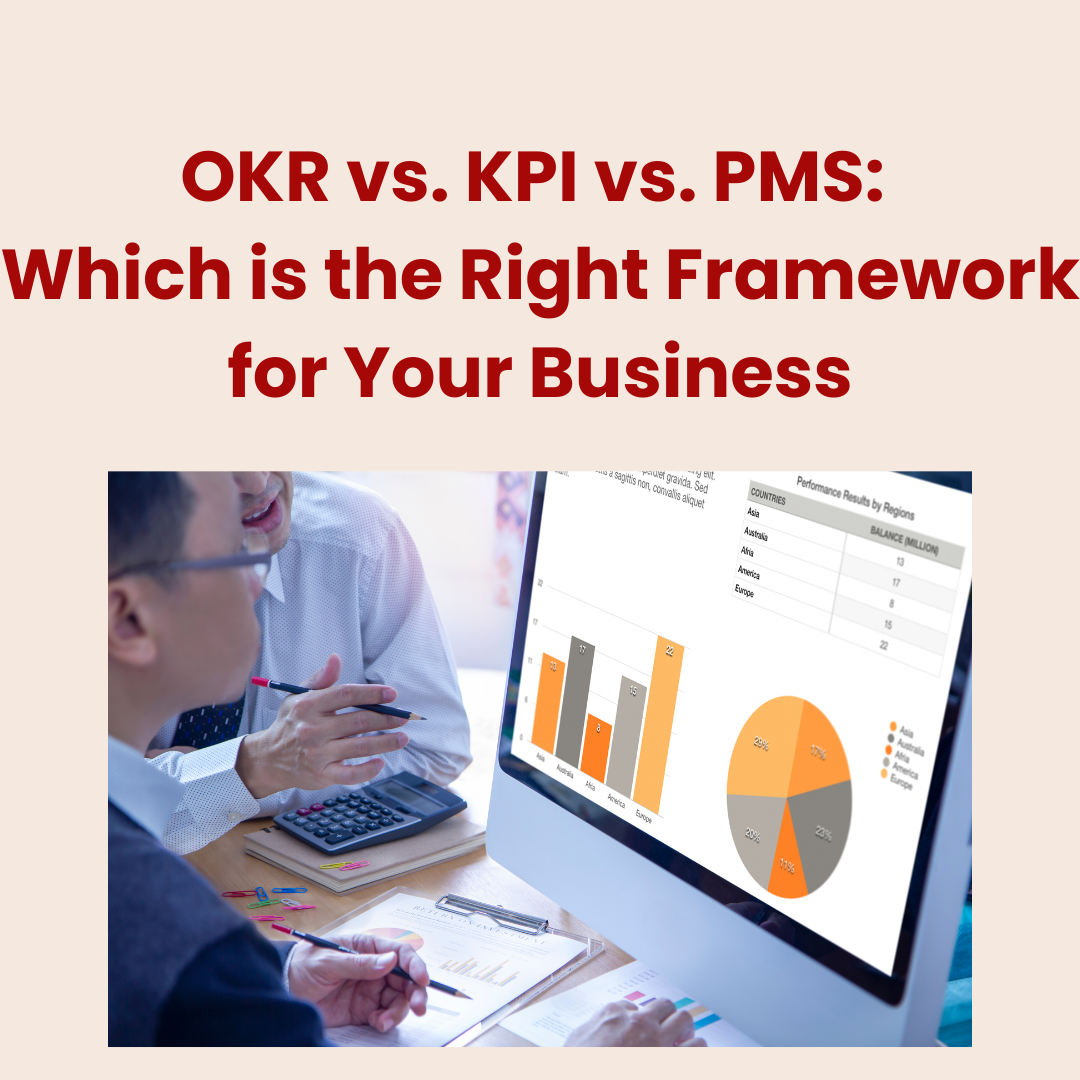AI-Powered Pricing: How McKinsey’s Four Strategies Framework Unlocks Sustainable Profitability
Pricing isn’t just a line item—it’s a strategic engine. Drawing on McKinsey’s Four Pricing Strategies Framework, let’s explore how AI can supercharge each approach and turn pricing into a sustainable competitive advantage.
Margin Expanders: Small Moves, Big Returns
McKinsey’s analysis shows that even modest pricing adjustments—like segment-level price increases or value-based surcharges—can improve return on sales by 2–7%. With AI, these adjustments happen continuously: machine learning identifies optimal price points at scale, maximizing margins without alarming customers.
Value-Based Pricing: Charging for Perceived Worth
McKinsey emphasizes pricing aligned with customer-perceived value across segments. AI enhances this by estimating willingness to pay more granularly, leveraging behavioral data to set pricing that reflects both emotional and rational value for each segment.
Dynamic & Psychological Pricing: In the Moment, With Empathy
Dynamic and psychological pricing strategies respond to urgency or context. AI enables real-time, context-aware changes—like surge pricing with fairness filters—blending urgency triggers with ethical oversight to preserve customer trust.
Subscription & Freemium Models: AI-Optimized Value Paths
The framework also includes freemium and subscription tactics. AI predicts when to nudge a user from free to paid, and optimizes tiered pricing based on usage patterns, engagement scores, and churn risk.
The AI Loop: Strategy, Infrastructure, People
McKinsey advises “strategy before structure”—build the pricing capability once your goals are clear. Imagine a pricing control tower powered by AI: real-time analytics, frontline dashboards, and a centralized team ensuring pricing agility and consistency across channels.
Deeper Dive: The Human + AI Balance
AI can spot patterns and optimize relentlessly—but trust, fairness, and shared values require human oversight. Combining AI’s precision with empathetic leadership ensures pricing strategies feel intelligent, not intrusive—especially in markets like Malaysia where relationships matter.
Why This Matters to Entrepreneurs
- Margin expansion through micro-adjustments boosts profitability without losing goodwill.
- Willingness-to-pay insights enable nuanced, fair pricing for each customer.
- Real-time pricing agility keeps you competitive without sacrificing trust.
- Efficient subscription paths reduce churn and increase CLV with minimal friction.
Book an AI Discovery Call: 📞 012-666 9892 or visit 10xAIBusiness.com.
Frequently Asked Questions (FAQ)
1. What is McKinsey’s Four Pricing Strategies Framework?
McKinsey’s framework outlines four core pricing approaches—margin expansion, value-based pricing, dynamic/psychological pricing, and subscription/freemium models. Each focuses on different ways to maximize profitability while aligning with customer value.
2. How can AI enhance McKinsey’s pricing strategies?
AI adds speed, precision, and personalization. It automates margin adjustments, predicts customer willingness to pay, executes real-time price changes, and optimizes subscription tiers based on behavioral data.
3. Is AI pricing fair for customers?
Yes, when used responsibly. Ethical AI pricing includes transparency, bias monitoring, and fairness filters to ensure no group is disadvantaged.
4. What industries can benefit from AI-powered pricing?
Almost all industries—from retail, travel, and e-commerce to B2B services, manufacturing, and SaaS—can benefit from AI-driven pricing insights and automation.
5. How can Malaysian businesses apply this framework?
Malaysian companies can start with AI tools for demand forecasting, competitor tracking, and CLV prediction—gradually integrating AI pricing models while maintaining human oversight to ensure local market fit and fairness.





